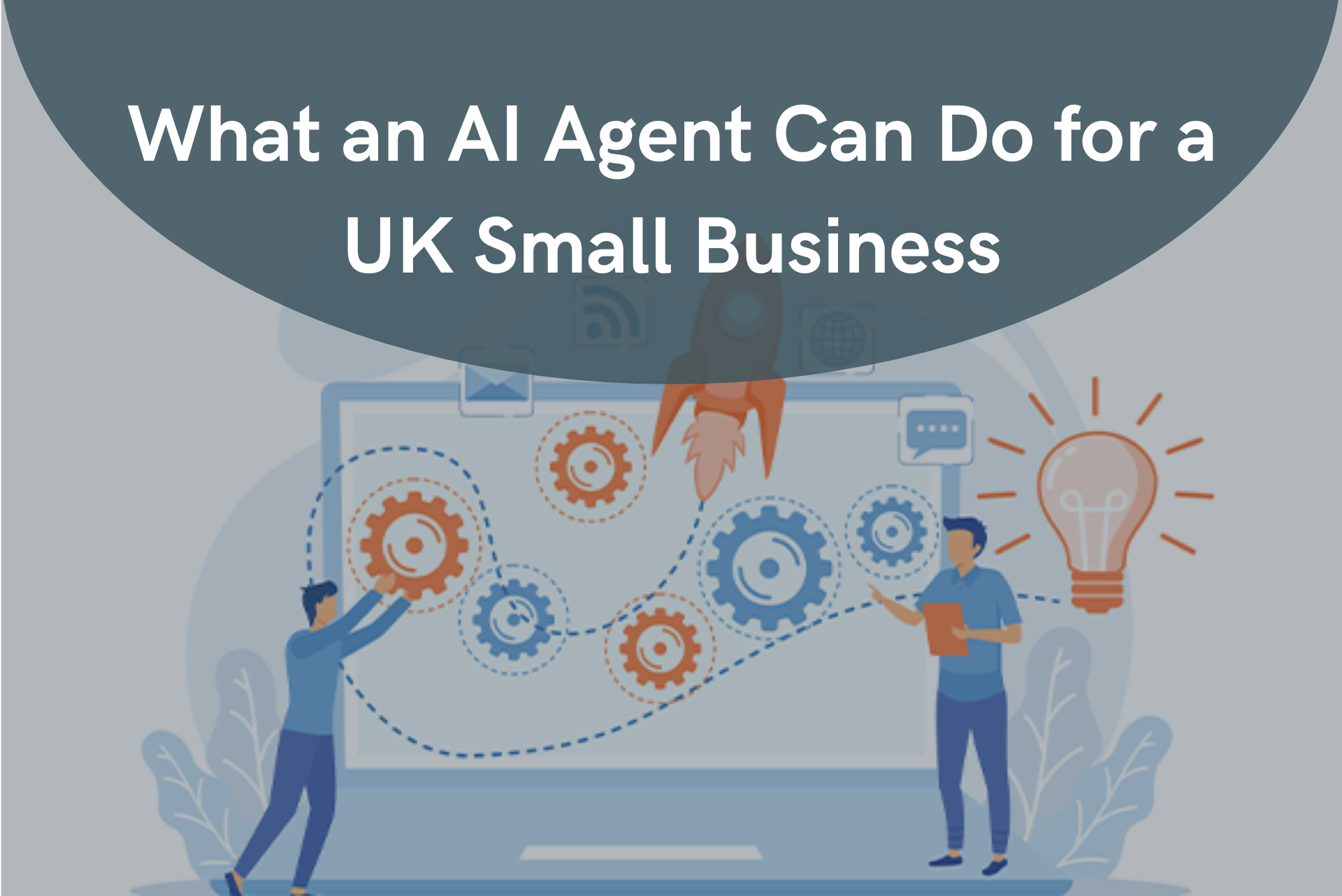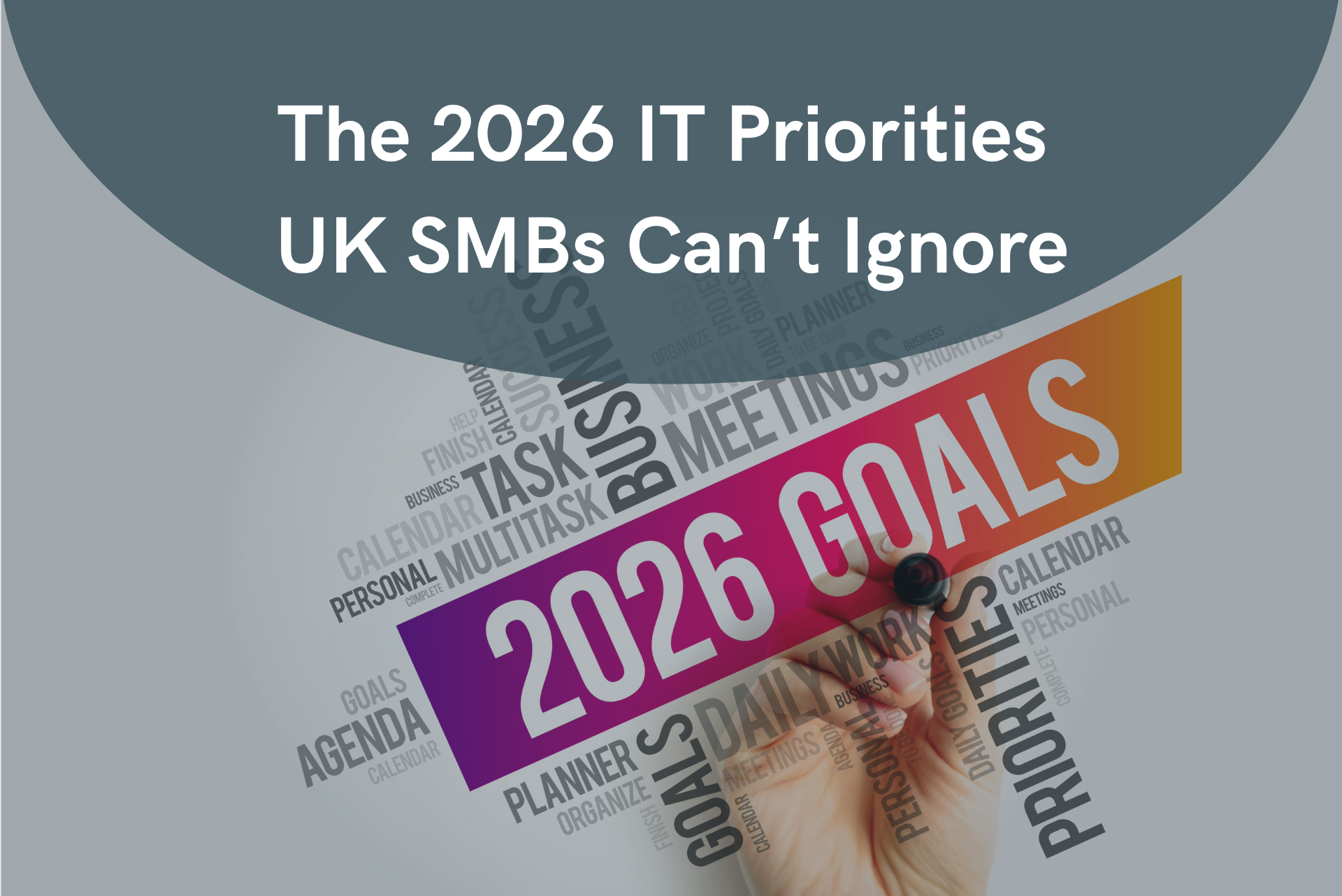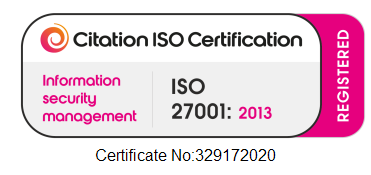Why SMEs Need Managed IT Services in 2025
Big ambitions, small teams, rising expectations. Here’s why managed IT matters more than ever.

Running a small or medium-sized business in 2025 means juggling a lot - sales, operations, customer service, compliance, and now more than ever, a fast-evolving digital world. And while tech may be the backbone of your business, managing it shouldn’t be another full-time job.
That’s where managed IT services come in.
If you’re constantly reacting to IT issues or just hoping things keep working, it might be time to think differently about your setup. Here’s why more SMEs are leaning on managed IT and how it could transform the way you work.
1. Cyber threats don’t care about your company size
Let’s clear something up: cybercriminals don’t only go after big corporations. In fact, smaller businesses are increasingly attractive targets, often because of weaker defences, outdated software, or a lack of in-house expertise.
A managed IT provider like Cranborne acts as your digital shield. Think firewalls, endpoint protection, intrusion detection, and 24/7 monitoring delivered proactively, not reactively. We keep a close eye on your systems, so you don’t have to. No jargon, no panic—just peace of mind that your business, data, and reputation are protected.
2. Downtime is the silent killer of productivity
A slow laptop. A failed printer. A crashed email system just when you're sending invoices. These aren't just annoyances, they're costs. Every minute of downtime chips away at your team’s focus, your customers' trust, and your bottom line.
With managed IT support, you don’t just fix problems, you prevent them. Cranborne’s proactive approach means we catch issues early, resolve them fast, and keep your tech humming in the background so you can get on with the job.
We’re not just a helpdesk. We’re your IT partner, on hand when you need us, invisible when you don’t.
3. Compliance isn't optional anymore
Regulations like GDPR, PCI DSS, and industry-specific data standards are no longer nice-to-haves they’re business-critical. And for SMEs, keeping up can be confusing, time-consuming, and stressful.
With the right IT partner, compliance becomes part of your infrastructure not a separate project. Cranborne builds compliance into the services we offer, from secure data storage and user access controls to regular audits and reporting tools. We’ll help you stay on the right side of the law, without the legalese.
4. You need tech that grows with you
Technology should never be a blocker to growth it should be an enabler. Whether you’re hiring, opening new locations, or moving more of your operations online, your IT setup needs to scale effortlessly and securely.
That’s why managed IT services for SMEs aren’t just about maintenance they’re about momentum. Cranborne works with you to align your tech strategy with your business goals. Whether it's introducing collaboration tools like Microsoft Teams, migrating to the cloud, or developing a cybersecurity roadmap, we help you plan for what’s next.
We make sure your systems evolve as your ambitions do.
5. Expertise without the overhead
Hiring a full-time IT team isn’t always practical or necessary. With managed IT services, you gain access to a team of experts without the recruitment headaches or overheads.
We bring decades of collective experience, deep sector knowledge, and an understanding of the unique pressures SMEs face. You get enterprise-level thinking, scaled to your business and budget.
Final thoughts: You focus on running your business we’ll keep it running smoothly
SMEs are resilient, adaptable, and ambitious but they shouldn't have to be tech experts too. With the right managed IT partner, you get support that’s strategic, not just reactive. That means fewer issues, smarter planning, and more time to focus on what you do best.
Ready to see how Cranborne can support your business?
Let’s have a conversation.




